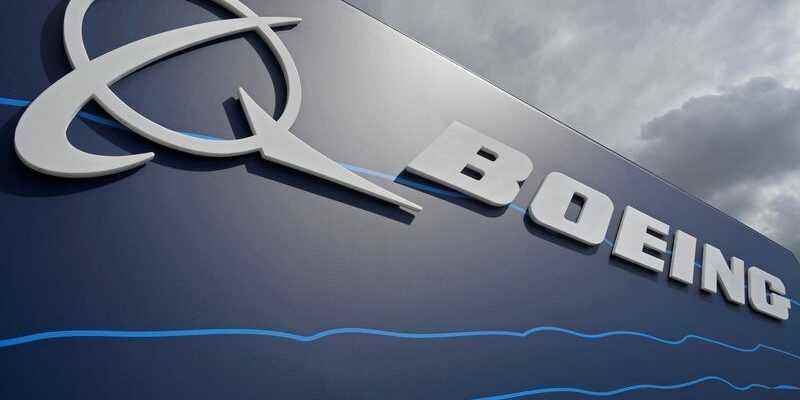Boeing projects that airlines worldwide will need 41,170 new aircraft over 20 years, with half of deliveries being replacement aircraft, and single-aisle aircraft accounting for about 75% of aircraft.
Boeing’s new market outlook, released on Sunday ahead of the Farnborough Airshow, is down from its previous 20-year forecast of 43,610 deliveries.
The new estimate excludes the Russian market and its projection of 1,540 planes, due to the war in Ukraine and uncertainty over when manufacturers might again sell planes to Russian carriers.
Boeing has slightly increased its demand forecast for the next 10 years to 19,575 aircraft deliveries – a higher projection even excluding the Russian market.
“It’s a function of a depressed environment in 2021 falling and a new trend year in 2031 being added,” Darren Hulst, Boeing’s vice president of commercial marketing, told reporters at the conference. a briefing ahead of Sunday’s release. “It comes very close to our outlook for 2019” if Russia were included.
Boeing also lowered its industry-wide passenger traffic growth forecast slightly from 4% to 3.8%, but raised its cargo growth forecast to 4.1% from 4% last year. . It cut its fleet growth forecast to 2.8% from 3.1%. Its 20-year forecast for widebody deliveries fell from 7,670 to 7,230.
Boeing still expects the global air fleet to nearly double by 2041, as it still sees a recovery in global demand for COVID-19 aviation by early 2024.
Over the next 20 years, Boeing said “the long-term fundamentals remain intact.”
“Our view of the medium-term recovery – when the industry returns to 2019 levels of global air traffic – is largely unchanged” since 2020, Hulst said. “Overall, we still see late 2023, early 2024 as the time when the industry recovers to full or at least pre-pandemic traffic levels.”
Boeing sees strong demand for near-term aircraft despite recession risks.
“The global industry is still on a recovery path to return to the normal relationship between GDP and traffic,” Hulst said. “Any small jolt from an economic perspective would likely be crushed by the demand that exists because of these normal economic relationships.”
Boeing also expects the freighter fleet to grow 80% by 2041. Air cargo is reaching “historical levels,” Hulst said, saying it’s partly “a function of the growing strategic value of air cargo by in relation to supply chains being challenged and shipping being challenged.”
Boeing sees e-commerce networks as contributing to a “strategic shift in favor of air cargo, even in the medium to long term. … This is not a simple twist in terms of shipping versus air travel. “
According to Mr Hulst, the number of routes operated by more than one airline has more than doubled over the past two decades – representing 70% of total capacity. This demonstrates “the continuous innovation that airlines must have to continue to compete at lower costs in order to attract more and more traffic.”
Air freight still represents only 1% of world trade. “A small change in terms of the mode of transport, of key elements of trade, has a big impact in terms of air freight demand,” Hulst said.
